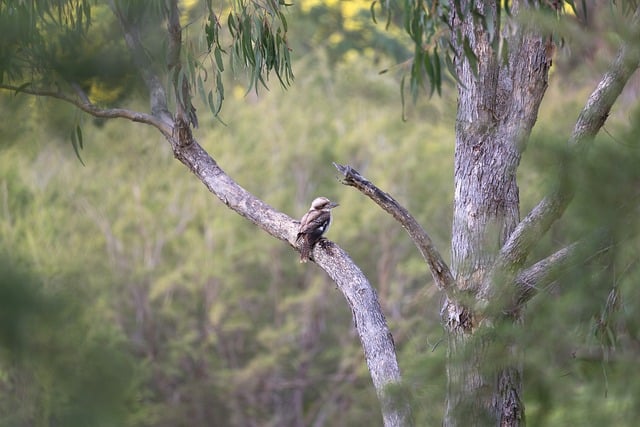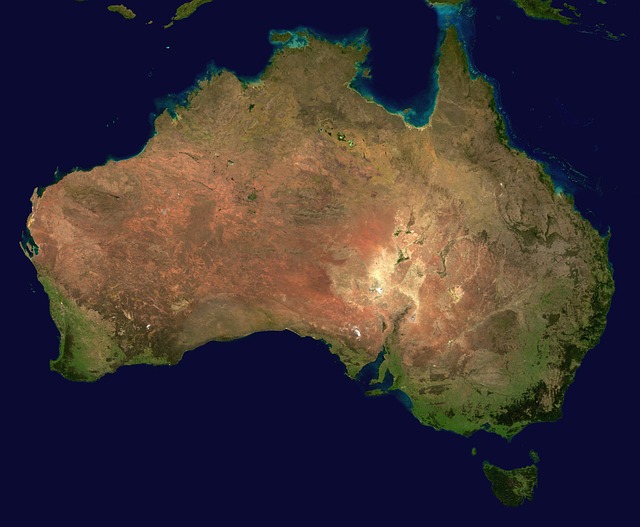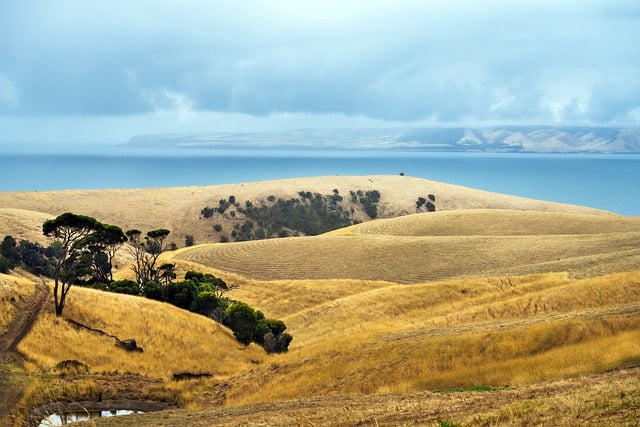When planning off-road caravan towing with Vacationer Caravans or Dakar/Roughrider-style vehicles, prioritize safety by adhering to manufacturer guidelines on towing capacity. Load distribution is key for stability and handling, especially in heavy caravans. Upgrade tires and suspension for improved traction and fuel efficiency, crucial for challenging terrains. Adopt fuel-saving driving techniques like steady pacing and route planning to maximize mileage during off-road adventures with these specialized caravans.
Planning an off-road caravan adventure with a Dakar or Roughrider? Fuel efficiency is key to enjoying your vacation without the worry of frequent refuels. This guide arms you with essential tips for optimizing your vehicle’s towing capacity and stability, choosing suitable tires and suspension upgrades, and mastering driving techniques to navigate challenging terrain while maximizing fuel economy. Discover how to conquer off-road trails with confidence and efficiency.
- Understanding Your Vehicle's Towing Capacity and Limitations
- Optimizing Caravan Load Distribution for Stability and Efficiency
- Choosing the Right Tires and Suspension Upgrades for Off-Road Towing
- Driving Techniques to Maximize Fuel Economy During Off-Road Caravanning Adventures (Including Tips for Navigating Challenging Terrain)
Understanding Your Vehicle's Towing Capacity and Limitations

When planning off-road caravan towing adventures, understanding your vehicle’s capabilities and limitations is paramount. Vacationer Off Road Caravans and Dakar-style roughriders demand significant power and torque from their towing vehicles. Before hitting the trail, confirm that your car or truck can handle the burden—check its manufacturer guidelines for the recommended towing capacity. Exceeding these limits may lead to safety hazards and vehicle damage.
Consider factors like your caravan’s weight, including any additional gear, fuel, and water supplies. Remember, not all vehicles are created equal; even within similar models, there can be variations in towing specifications. For instance, a standard SUV might tow 3,000 pounds, but that doesn’t mean it can effortlessly pull a fully-loaded Vacationer Caravan designed for off-road excursions. Always consult the owner’s manual and seek expert advice to ensure a safe and enjoyable journey.
Optimizing Caravan Load Distribution for Stability and Efficiency

When towing a Vacationer Caravan or a Vacationer Off-Road Caravan, like those used in challenging terrains by enthusiasts of the Dakar and Roughrider communities, proper load distribution is key. Ensuring the weight is evenly spread across the vehicle can significantly enhance stability during tow, preventing excessive strain on any single point. This is crucial for maintaining optimal fuel efficiency as it reduces the risk of tire wear and improves overall handling.
For instance, positioning heavier items closer to the towing vehicle’s center of gravity, often in the middle or rear of the caravan, can provide a more stable towing setup. Lighter items should be placed towards the front for balance. This method is especially beneficial when navigating rough off-road trails where stability is paramount and fuel conservation is a priority for your Vacationer Off Road Caravan adventures.
Choosing the Right Tires and Suspension Upgrades for Off-Road Towing

When towing Vacationer Off-Road Caravans or Dakar-style vehicles, selecting the appropriate tires and suspension upgrades is key to optimizing fuel efficiency while navigating challenging terrains. These modifications directly impact your vehicle’s performance, weight distribution, and rolling resistance—all factors that influence how much fuel your caravan consumes.
Opting for specialized off-road tires with robust tread patterns can significantly enhance traction on rough surfaces, reducing the risk of getting stuck and minimizing the need for excessive power to keep moving. Additionally, upgrading your suspension system, such as installing stiffer springs or adjustable coil-overs, can improve vehicle control and stability during tow, leading to a smoother ride and potentially better fuel economy. These upgrades are especially beneficial when tackling steep ascents or descents commonly found in off-road settings, ensuring you make the most of every liter of fuel while enjoying your adventurous Roughrider getaway.
Driving Techniques to Maximize Fuel Economy During Off-Road Caravanning Adventures (Including Tips for Navigating Challenging Terrain)

Off-road caravanning adventures can be thrilling but also demanding on fuel resources. Mastering driving techniques tailored for challenging terrain is a key strategy to maximize fuel economy for Vacationer Off Road Caravans, ensuring your Dakar or Roughrider journey is both enjoyable and economical. One effective method is to adopt a smooth, gentle approach when navigating rough roads and steep ascents. Rapid acceleration and aggressive braking can significantly drain fuel quickly, so a steady pace is more efficient.
Additionally, maintaining a safe following distance from other vehicles becomes even more critical off-road. By keeping a greater gap, you reduce the impact of ripples and bumps in the road, thereby minimizing the energy required to keep your Vacationer Caravan on track. Another tip involves planning your route in advance to avoid unnecessary detours or slow-moving traffic, which can increase wear and tear on your vehicle, further impacting fuel efficiency.
For vacationers opting for off-road caravanning adventures with their Dakar-spirited Vacationer Off Road Caravans, mastering fuel efficiency is key to a smooth journey. By understanding your vehicle’s towing capacity, optimizing load distribution, and employing efficient driving techniques, you can navigate challenging terrain while preserving precious fuel. These tips ensure your Vacationer Caravans remain on the road, not in the workshop, making each off-road escapade a memorable experience for both you and your trusty rugged companion.
